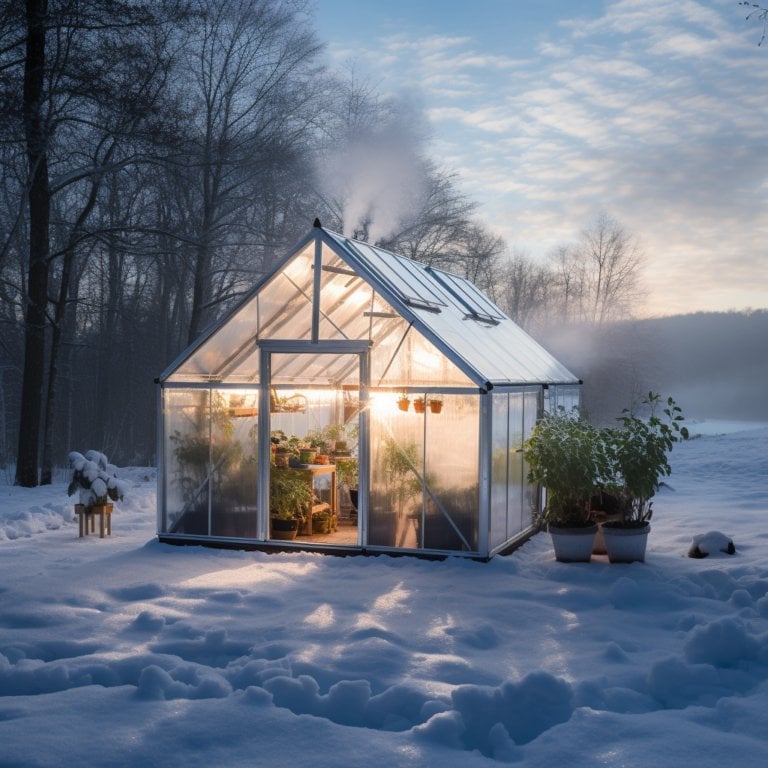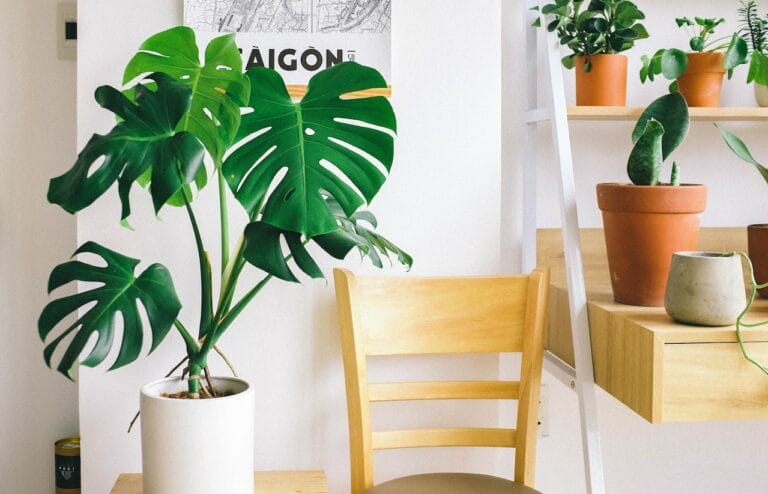Hillside Raised Garden Beds: Mastering Vegetable Gardening on a Slope in 2024
When dusk nears and the sun gently kisses the horizon, your terraced garden waits expectantly for your ministrations. Its wild shapes and uncharted possibilities courageously encourage you to rise to the challenge. Images of beautiful vineyard terraces cross your mind, and you contemplate if such magnificence can be mirrored in your own vegetable garden. Worry not; with terraced gardens piercing the incline, you are thoroughly equipped to conquer the slope and cultivate a plentiful yield.
These tiered havens of fertility not only prevent soil erosion but also improve drainage and increase sun exposure for your plants. But where do you start?
The process requires careful planning and a strategic approach—selecting the right location, ensuring stable construction, and creating an environment where your vegetables can thrive.
Join me as we uncover the secrets to transforming your challenging steep slope into a series of verdant, productive terraces that could rival any green-thumbed gardener’s dreams.
Key Takeaways
- Hillside raised garden beds prevent soil erosion and improve drainage.
- On a steep slope, building terraces for slope gardening allows for different growing conditions and minimizes soil compaction.
- Choosing the right location for a raised bed on a slope involves considering sun exposure, water drainage, and soil quality.
- Steps to build a raised garden bed on a slope include measuring and marking the area, leveling the ground, assembling the bed, and filling it with a mixture of topsoil and compost.
Understanding the Benefits and Challenges of a Hillside Raised Garden Bed

Gardening on a slope presents unique challenges, but having hillside-raised garden beds can turn these difficulties into advantages for your vegetable cultivation.
The risk of soil erosion on a slope is high. Rainwater can quickly wash away valuable topsoil, depleting the nutrients essential for your vegetables. Hillside raised garden beds act as retaining walls, preserving soil and preventing erosion.
It also improves drainage, ensuring that water doesn’t pool around plant roots, which could lead to rot or disease.
Benefits of Terraced Gardening
- Creates flat surfaces to better manage soil and water on slopes
- Allows planting different veggies needing varying conditions in beds less susceptible to erosion.
- Minimizes soil compaction for easier gardening without bending
Considerations
- Must securely anchor structure to prevent sliding downhill
- Initial set-up is more labor intensive to level ground
With care and effort, terraced beds can transform tricky hills into robust gardens where vegetables can thrive.
Crucial Factors in Choosing the Right Location for Your Raised Bed on a Slope

Selecting the right location on your slope is crucial for the thriving of your vegetables.
Key Site Factors for Hillside Raised Beds:
• Sunlight – Ensure the spot gets ample sun exposure during the day based on slope orientation
• Slope angle – Steeper slopes can lead to fast drainage; create terraces or tiers to slow water descent
• Soil quality – Ground beneath the bed impacts drainage and stability; test and amend if needed
• Level surface – Uneven ground prevents a flat base; leveling is essential for consistent soil depth and moisture
Hands-on Guide to Building a Raised Garden Bed on a Slope

Making the hillside raised garden beds on a slope begins with planning the ideal size and layout for your gardening needs and space. Here’s a step-by-step guide:
- Measure and Mark: Determine the area for your garden bed, leaving ample pathways for access.
- Level the Ground: Dig into the slope to create a flat platform for the bed, a technique often used in making beds on a hill.
- Assemble the Bed: Attach the sides with screws to form a box, with varying heights to accommodate the slope.
- Secure the Structure: Use rebar driven deep into the ground at the corners and sides to anchor your finished bed.
- Fill the Bed: Mix topsoil with compost and fill the bed, ensuring it’s well-packed and level.
Here’s a quick reference table:
| Step | Details |
|---|---|
| Measure & Mark | Determine bed size, cut lumber |
| Level | Dig into slope, create a flat surface |
| Assemble | Screw sides together to form a box |
| Secure | Drive rebar into the ground to anchor your wooden raised bed on the hill. |
| Fill | Add soil and compost, ensure level |
With these steps, your hillside garden bed will be ready for planting and growth.
Terracing: An Advanced Technique for Building Raised Garden Beds on Slopes

Terracing converts a steeply sloping hillside into a series of gentler stepped slopes ideal for building hillside raised garden beds, as it involves excavating flat growing areas that step up or down the slope.
This terraced design improves soil and water retention capabilities on the hillside while also making planting, growing crops, and maintaining productive vegetable gardens much more feasible and accessible on sloped land. Hillside raised beds can thrive on these engineered terraced landscapes.
To terrace effectively, making your slope easy to work on, you must excavate and level sections before constructing retaining walls for your vegetable beds. Ensure they receive ample sunlight and have good drainage. Plan your planting to avoid shading lower tiers. Terracing can maximize your growing space and make sloped land manageable.
Pros:
- Enhances soil retention on slopes.
- Facilitates better water management.
- Increases accessibility for gardening tasks.
Cons:
- Requires significant labor and possibly machinery to set up initially.
Maintenance Tips for Thriving Hillside Gardens

Maintaining your terraced hillside raised garden beds is vital. Apply mulch to retain moisture and prevent weeds. Use drip irrigation or soaker hoses to minimize runoff. After heavy rains, check bed walls for signs of pressure damage and reinforce as needed.
Plant cover crops or use erosion control fabrics between beds to maintain soil integrity on the slope. Here’s a seasonal guide to building and caring for hillside raised garden beds:
| Season | Maintenance Task |
|---|---|
| Spring | Aerate and mulch soil, plant crops |
| Summer | Water deeply, manage pests, provide support |
| Fall | Harvest, enrich soil, prepare for winter, and build raised beds. |
| Winter | Inspect structures, plan ahead |
| Year-Round | Monitor soil, control weeds |
Conclusion
Congratulations on creating your hillside terraced beds, also referred to as ‘beds on a hill’, ready for organic gardening.
Ensure regular watering and reinforce your beds against erosion for a thriving garden.
Revel in the bounty of your slope and the triumph of gardening on an incline.
Here’s to your lush, sloped sanctuary!
Frequently Asked Questions
How do I build Hillside raised Garden Beds or a slope?
To build a raised bed garden on a slope or hillside, start by measuring out the desired size of your bed. A standard raised bed is about 4 feet wide by 8 feet long, but you can resize it depending on your garden space. For instance, it can be 2 feet wide or longer than 8 feet if required. It’s important to ensure the bed frame is level to create an optimal environment for your plants. Build your raised bed with the top side of the bed higher than the bottom side to correct the slope.
Is there a maximum width for a raised bed garden?
For most raised bed gardens, a maximum width of 4 feet is recommended. This width allows easy access to the center of the bed from either side without having to step onto the bed which compact the soil. However, if you are placing the bed against a wall or fence, the beds should be less than 4 feet wide to allow easy access from the open side.
How do I maintain a raised bed garden on a slope?
Maintaining a raised bed garden on a slope involves regular watering, weeding, and feeding the soil with organic matter to keep it nutrient-rich. Check the stability of the raised bed regularly, as the weight of the soil and water can potentially shift it over time. It’s also beneficial to rotate your crops each year to maintain soil health and reduce pest problems.
Can I add amendments to the soil in my raised bed garden on a hillside?
Absolutely. Adding organic matter such as compost, well-rotted manure or leaf mould can help improve your soil’s fertility and structure. This is particularly important in raised bed gardens where the soil volume is limited and the health of the soil directly affects the success of your plants.
What are some ideas for a simple DIY raised bed design on a hill?
A simple DIY raised bed design on a hill might include beds made from cedar or other untreated wood, with corner brackets for stability. Make sure to level the top of the bed, and consider adding support to the sides to contain the weight of the soil. Also, consider adding a wooden or stone path in between the beds for easy access and to avoid erosion.







